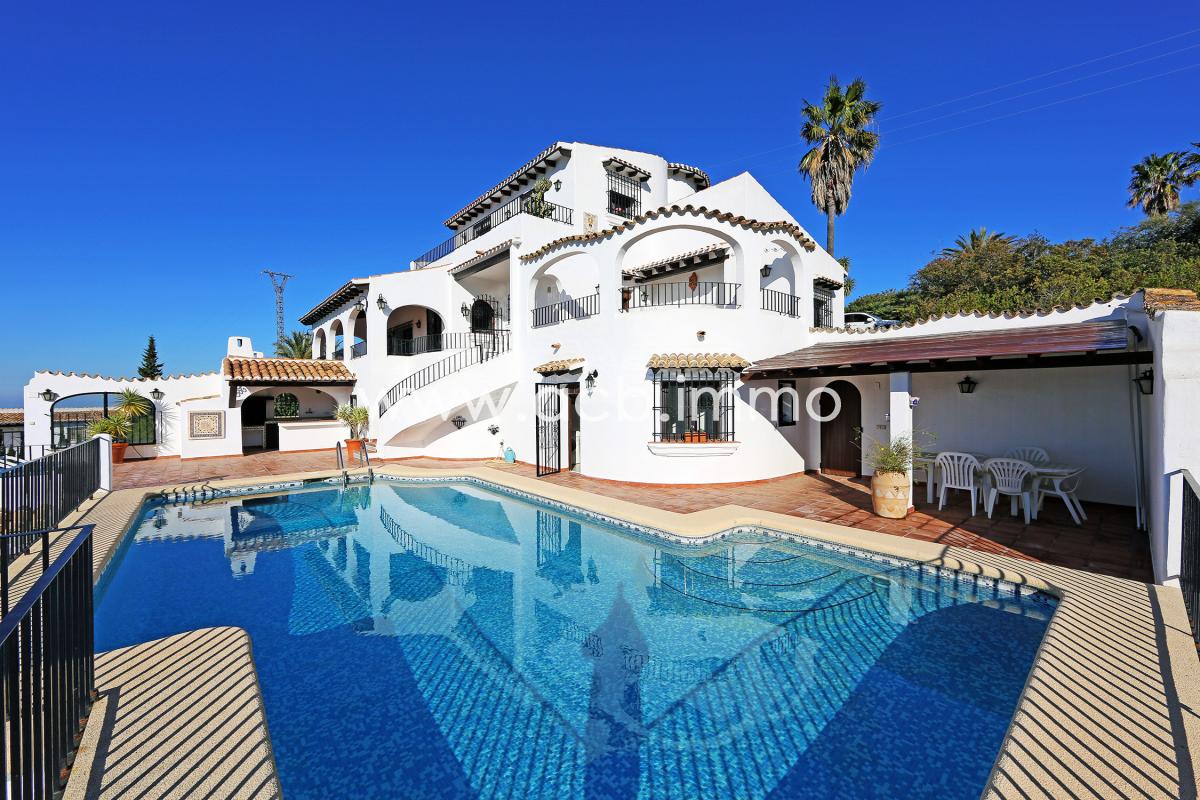The Romans dedicated this city to the goddess Diana, and turned its port into one of the most active in the Peninsula. Up to this day, Denia has not ceased to be visited.
The Muslim castle keeps many examples of its heritage at the Archaeological museum. The city also has remarkable monuments such as the church of Asunción, from the 18th century, with Renaissance and Baroque reredos; and the City Hall, which still has in its façade two memorial tablets from the ancient temple of Diana. The avenue of Marqués de Campo, the cosmopolitan setting for the festivities of Moors and Christians, is complemented by the fisherman's quarter, the most popular and gregarious area in town. Denia has a commercial port and a marina.
Denia has a twenty-kilometre-long coastline, which presents fine sands in the northern part, yet steep and rocky sections to the south. We can access the Montgó Nature Reserve from the road that goes to Jávea, which passes through Las Rotas, and San Antonio Cape. A lighthouse sits on this cape, on top of a cliff that is 163 metres high.
Denia offers many possibilities of accommodation (Denia, Els Poblets, El Verger, Pego, Monte Pego, Pedreguer), catering and leisure activities such as the practice of water sports as sailing or windsurfing. It is also possible to go by boat to Javea.
Denia is famous for her sweetness of life and her dynamism. (Source : www.spain.info)











































































































































